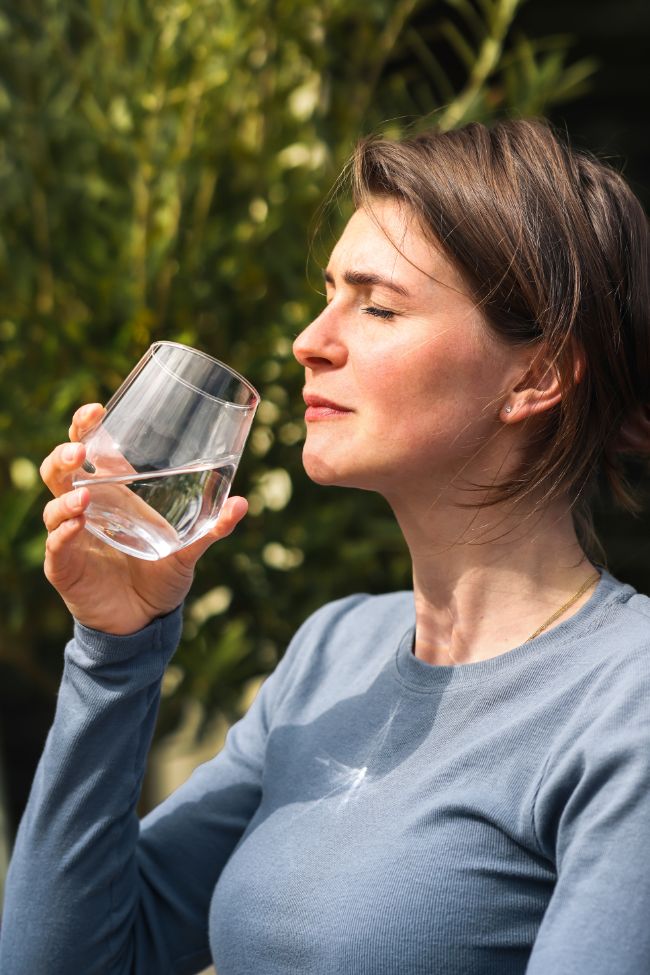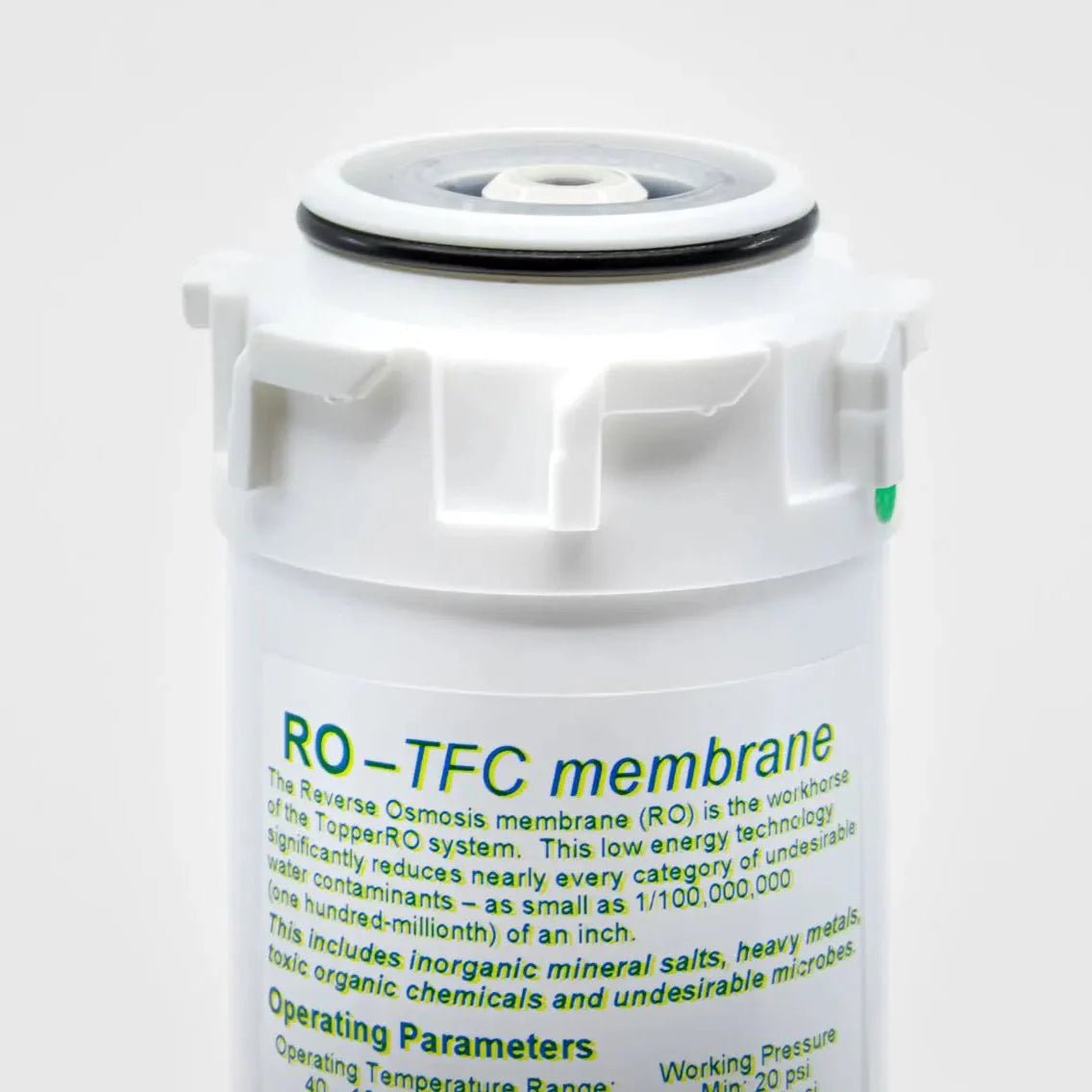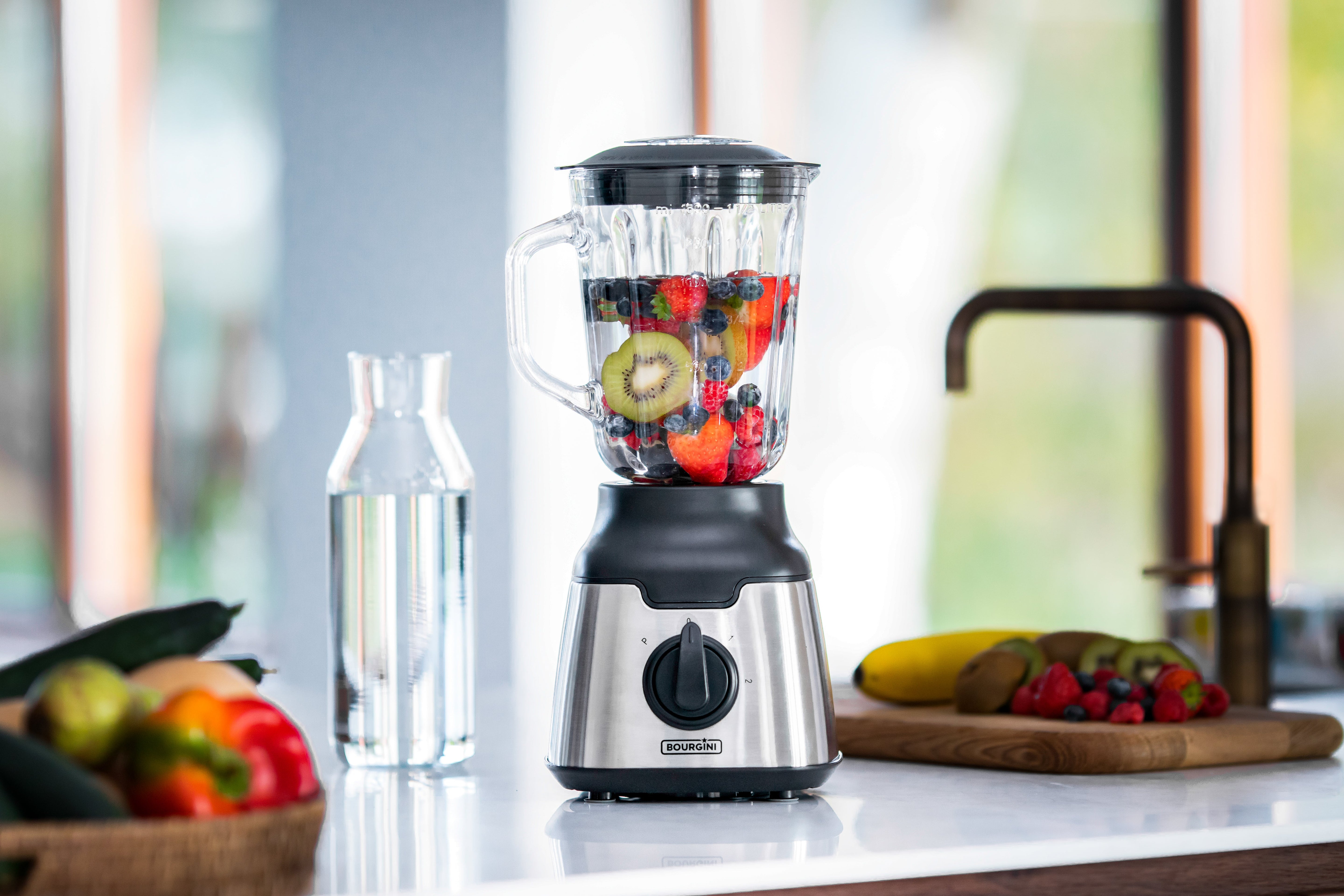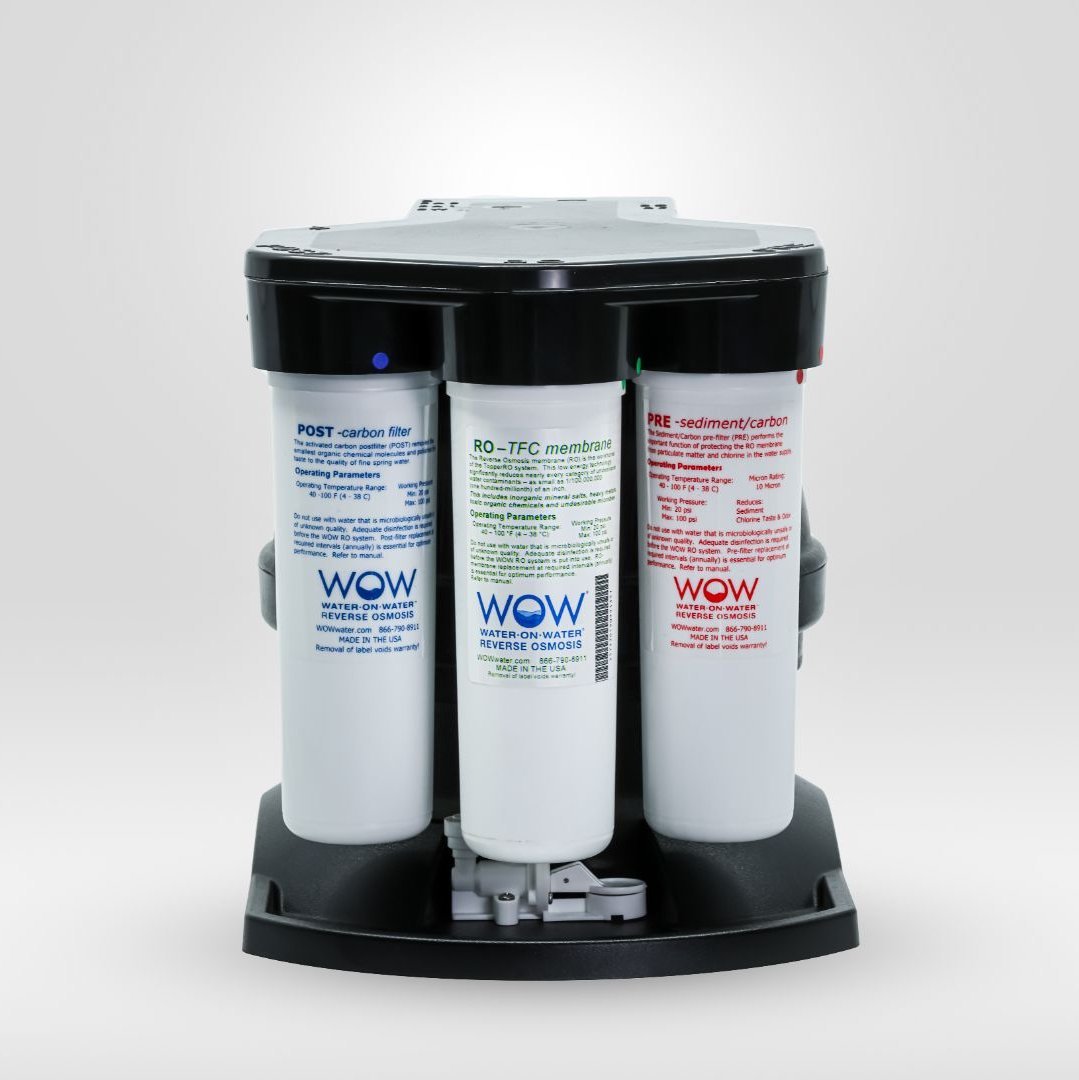What are reverse osmosis filters?
Reverse osmosis filters are advanced filtration systems designed to remove impurities from water. This process is essential for both residential and industrial water purification applications. By using a semi-permeable membrane, these filters can remove up to 99% of unwanted substances, such as heavy metals, chemicals, and bacteria. Thanks to their effectiveness, they are often used in situations where the highest water quality is required.
In domestic applications, these filters ensure that tap water not only tastes cleaner but also fresher. This improves the quality of beverages like tea and coffee and also helps keep plants and flowers fresher for longer. Industrial applications, such as in the food and beverage industry, rely on reverse osmosis to ensure consistent and reliable water quality.
How do reverse osmosis filters work?
Reverse osmosis filters operate on the principle of pressure and selective permeability. Water is forced at high pressure through a membrane that only allows water molecules to pass through. This membrane traps contaminants, allowing only pure water to exit the filtration process. The process usually consists of several stages to ensure optimal purification.
Reverse osmosis systems often contain several filters, such as pre-filters for sediment and activated carbon filters for chemicals and odors. Each type of filter plays a crucial role in the system. For example, the pre-filter removes larger particles like sand and rust, while the activated carbon filter removes organic matter and chlorine, which contributes to improving the taste and odor of the water.
Practical applications of reverse osmosis filters
Reverse osmosis filters are used in various ways, both at home and in businesses. Home users benefit from cleaner and more flavorful drinking water straight from the tap. This is especially useful in areas with hard or polluted water. These systems are also often used in aquariums to maintain stable water quality, which is essential for the well-being of fish and corals.
Industrially, there are numerous applications, such as in the pharmaceutical industry where ultra-pure water is essential for the production of medicines. These filters are also used in the hospitality industry to improve the taste and quality of food and beverages by removing contaminants and unwanted flavors from the water.
Common challenges when using reverse osmosis filters
One of the biggest challenges with reverse osmosis filters is maintenance. Clogged filters can reduce system efficiency and require frequent replacement. Pressure drops in the system can also cause problems, affecting water flow and overall performance.
To prevent these problems, it's important to maintain a regular maintenance schedule. Regularly check the system pressure and replace filters according to the manufacturer's recommendations. Additionally, using a TDS meter can help monitor the effectiveness of the filtration process, allowing users to intervene promptly if water quality deteriorates.
Reverse Osmosis vs. Other Filtration Methods
When comparing reverse osmosis with other water filtration methods, such as activated carbon filters and UV disinfection, there are clear advantages and disadvantages. Reverse osmosis offers a high level of purification by removing a wide range of contaminants. This makes it ideal for situations where the highest water quality is required.
Other methods, such as activated carbon, are more effective at removing organic matter and improving taste and odor, but they do not remove as many contaminants as reverse osmosis. UV disinfection is highly effective against bacteria and viruses, but offers no protection against chemical contaminants. Choosing the right method depends on the specific water quality requirements and the type of contaminants to be treated.








